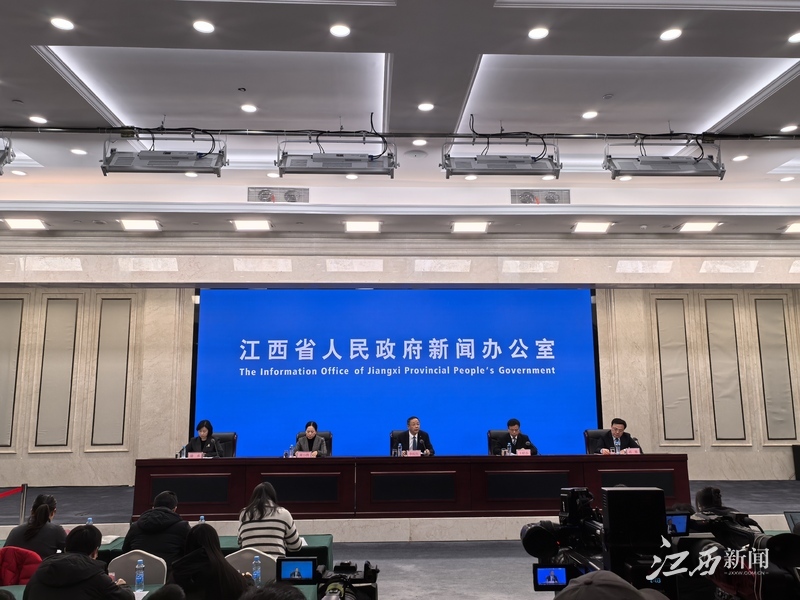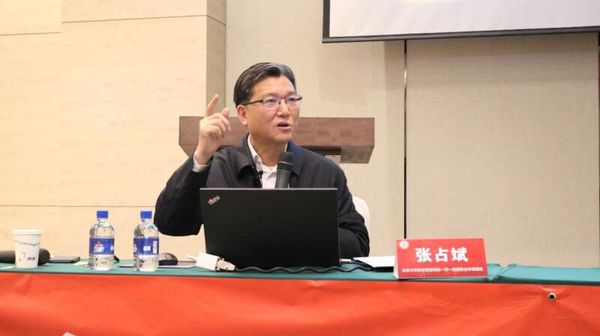Taiwan’s Unified Method Hides The Ultimate Move? Beauty: This Trick Is Too Amazing, And I Can’t Use Aesthetics, So I Can Only Do It Urgently
Taiwan’s Unified Method Hides The Ultimate Move? Beauty: This Trick Is Too Amazing, And I Can’t Use Aesthetics, So I Can Only Do It Urgently
In sharp contrast to Trump's tough strategy, China has adopted a multi-pronged strategy in dealing with the Taiwan issue, using softness to overcome hardness and cleverly resolves the pressure from the United States. He realized that Western countries have long misjudged China's strategic intentions
In 2025, during Trump's second presidency, the Sino-US game around the Taiwan issue reached a fierce momentum. The former president, who once regarded Taiwan as a tool to check and balance China, now has to reexamine the effectiveness of his strategy. His strategy of "using Taiwan to control China" did not work as he initially imagined, but instead exposed many weaknesses of his strategy.

At the beginning of Trump's tenure, he used a series of high-profile actions to test China's bottom line. In December 2016, he broke the convention and answered a call from Taiwan leader Tsai Ing-wen. Although this move was downplayed by the US State Department's statement that "one China policy remains unchanged", it fully demonstrated its strategic intentions. Since then, he signed the Taiwan Travel Act, approved the sale of US$8 billion worth of F-16 fighter jets to Taiwan, and even sent Minister of Health Hazard to visit Taiwan, pressing step by step, causing sudden tension in the situation in the Taiwan Strait.

After taking office in January 2025, Trump once again pushed the Taiwan issue to the forefront. In April, he announced an increase of up to 60% tariffs on Chinese goods and threatened that if mainland China takes action against Taiwan, the tariffs would increase to 200%. This move is not simply economic sanctions, but also has a clear sense of political coercion, and attempts to use it as leverage to force China to make concessions. At the same time, the US Congress passed a national defense authorization bill, which significantly increased arms sales to Taiwan, including advanced F-16V fighter jets and missile systems, strengthened military deployment in the Philippines and Japan bases, frequently conducted military exercises such as "protective sabers", and medium-range missile test launches, with the intention of building military pressure on China in the first island chain. The core of its strategy lies in using Taiwan as a strategic fulcrum for military, political and economic development to comprehensively curb China's rise.

However, Trump's strategy is not without weaknesses. Its trade war strategy has not received support from all its allies. Japan, South Korea, Australia and other countries have close trade relations with China, especially the fact that the mainland and Taiwan trade volume exceeds US$300 billion in 2024, and TSMC's reliance on the mainland market have forced its allies to weigh the pros and cons when facing Trump's pressure. After the US military exercises in the South China Sea in 2025, the Philippines and Australia significantly lowered their attitude of public support. More importantly, Trump's businessman nature - keen on negotiations and transactions - made him ignore China's deep roots and complex strategic layout in the region.

In sharp contrast to Trump's tough strategy, China has adopted a multi-pronged strategy in dealing with the Taiwan issue, using softness to overcome hardness and cleverly resolves the pressure from the United States. Military, the People's Liberation Army has built an regional denial system represented by the Dongfeng-17 missile and the J-20 fighter jet, effectively weakening the blockade capability of the first island chain. In April and July 2025, the People's Liberation Army held large-scale military exercises around Taiwan, directly blocking the eastern waters of Taiwan and shattering the potential aid plan of the US-Japan coalition. These military operations are not intended to launch wars, but to effectively deterrent, warn the huge risks of separatist behavior of the Taiwan authorities and gradually change public opinion on the island.
In the economic field, China has used its position as the largest trading partner of Japan, South Korea and Australia to deepen regional cooperation through the Regional Comprehensive Economic Partnership Agreement (RCEP) and increase the cost of interfering in the Taiwan issue. At the same time, by controlling trade with Taiwan, especially high-tech companies such as TSMC, on the mainland's supply chain, and promoting the localization of chips, Taiwan's economic bargaining chips have been gradually weakened. In 2025, the completion of the "Belt and Road" energy channel further reduced Taiwan's geostrategic significance. In addition, China has imposed precise sanctions on stubborn "Taiwan independence" elements, cutting off their sources of funds and compressing their space for activities.

In the diplomatic field, China relies on UN resolution 2758 and the "one China" principle recognized by 181 countries to effectively counter the United States' attempt to push Taiwan to the international stage. Most countries are unwilling to be involved in the conflict between China and the United States for their own interests. In May 2025, Trump claimed at a press conference that the results of the Sino-US negotiations were conducive to Taiwan's peaceful reunification. As soon as this statement was made, it immediately aroused strong rebuttal from the Taiwan authorities, and the Taiwan Affairs Office of the State Council of China expressed his hope that the international community would support China's cause of unification. This incident fully demonstrates China's ability to effectively counter the United States within the framework of international rules and achieve significant strategic results at a small cost.
Ultimately, Trump had to admit that China's strategy far exceeded his expectations. He realized that Western countries have long misjudged China's strategic intentions, while the United States relied too much on military and political pressure and ignored long-term factors such as economic and people's hearts. China's strategy combines historical, realistic and long-term strategic considerations, which is something Trump, a businessman-born politician, can't understand and replicate.

The path to unification of Taiwan may not require direct military conflicts as traditional concepts believe, but is naturally realized through peaceful means through time. China has always adhered to the principle that both sides of the Taiwan Strait belong to one China and regards force as a last resort. Through economic sanctions, cultural exchanges and other means, the survival space of "Taiwan independence" forces will be gradually squeezed, and the dependence of Taiwan's high-tech industry on the mainland market is used to put pressure on it. After the 2025 Sino-US trade negotiations, Trump canceled the plan of Taiwan leaders to visit the United States and instead prioritized dialogue with China, suggesting that the United States began to reassess the cost of its China strategy.
Allies’ shake is a key factor. The potential disruption of Japan's southwest route and the pressure facing the Philippine waters have prompted these countries to restrain the Trump administration's tough line for their own interests. Taiwan’s island, especially high-tech companies such as TSMC, are also facing the risk of technology outflows brought about by the US joint venture requirements. Although Trump's tariff policy is mainly aimed at China, it puts Taiwan in a crack, making it feel more stressed. Island analysts pointed out that Trump does not really support Taiwan's "independence", but uses the Taiwan issue as a bargaining chip for negotiations with China.
China takes advantage of the international trend to create favorable conditions for peaceful reunification and eliminates the foundation of "Taiwan independence" through time. At the same time, China cleverly used the Diaoyu Islands issue to weaken the US military's intervention capabilities and used Trump's trading nature to negotiate, and used the dividends of peaceful reunification to win the support of the Taiwanese people. This strategy is not through hot wars, but through a series of island-surrounding exercises and other methods to gradually put pressure on to avoid falling into the trap of the United States. Ultimately, Trump realized that China has achieved its strategic goals at the minimum cost.
The United States has difficulty replicating China's strategy because it relies too much on military advantages and allies to support it, and ignores the importance of the economy and people. In the event of a conflict, its allies will face huge economic losses, making it difficult to provide sustained support. The Chinese Navy has made steady progress, effectively controlling the situation within the first island chain, and maintaining restraint on the Solomon Islands issue. China adheres to the principle of peaceful reunification and has created unexpected ways of unification through economic, cultural, legal and other means. When Trump finally realized how brilliant China's strategy was. China's patience and strength have significantly accelerated Taiwan's unification process. The ultimate reunification of Taiwan may not require large-scale military conflicts, but the inevitable result of China's clever strategy. Trump's failure proves the success of China's strategy.







